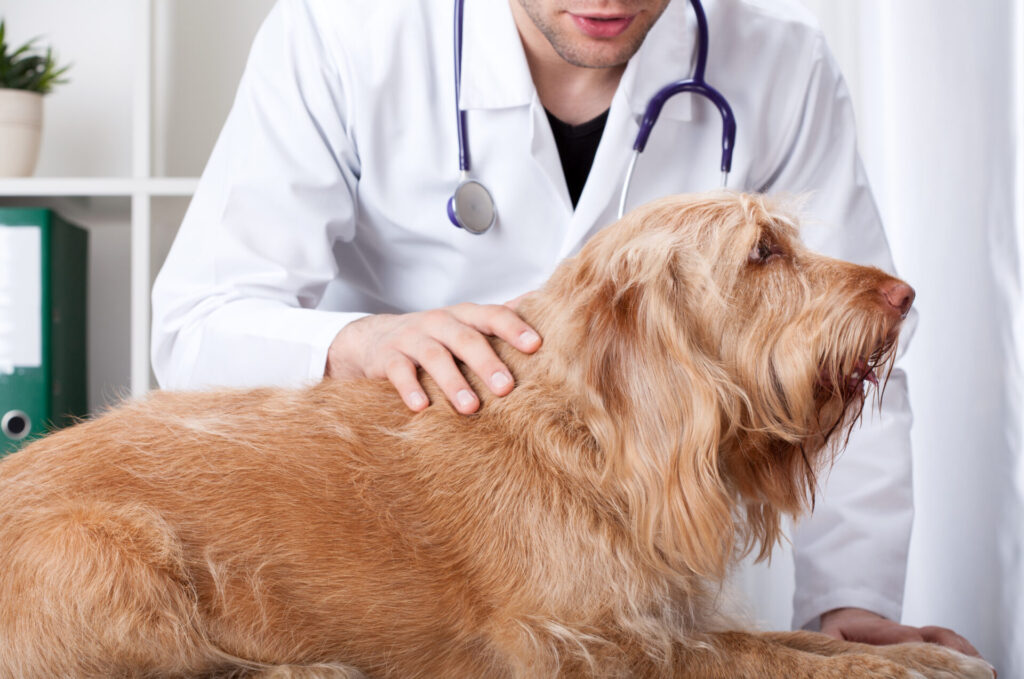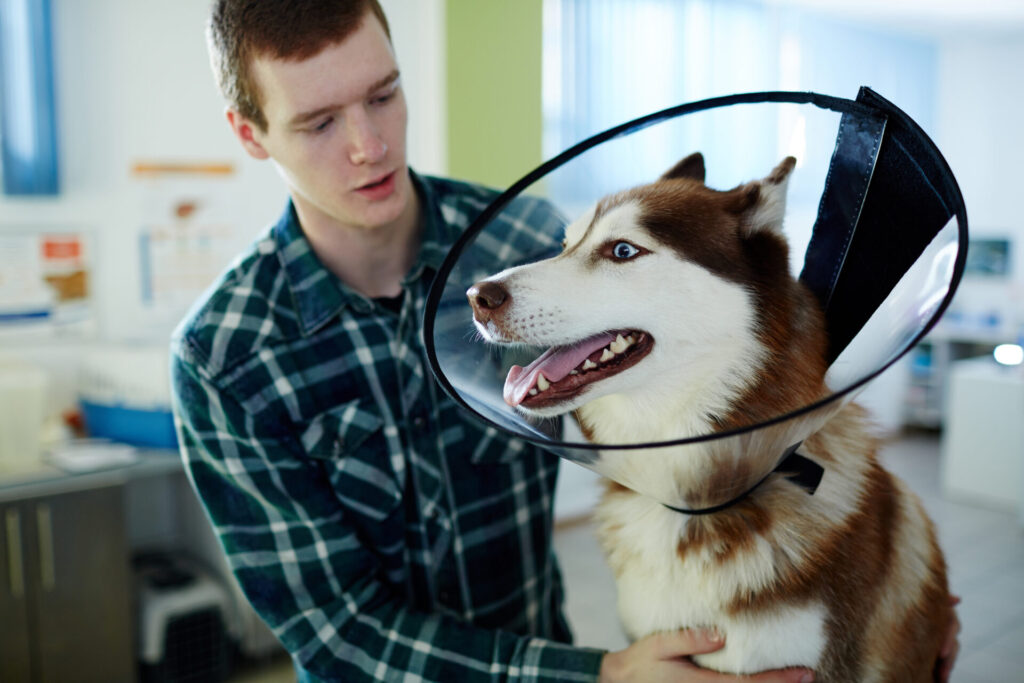Dog knee surgery is both a financial investment as well as a time and energy commitment. With so much on the line for both dog and owner the hope is that surgery is successful. Statistically, the odds are in favor of those who commit to dog knee surgery with a reported success rate of 85%-95% of dogs returning to normal after two to four months. (1)
There is less data to support the success rate of the newer forms of dog knee surgery such as TTA and TPLO, however even in these more progressive types of surgery, statistics are in favor of those who choose the surgery.
The most significant variable in the success of a surgery is post operative care and being mindful of addressing any underlying causes for the tear in the first place, such as obesity.
ad#topbanner
This article will look at the data reflecting dog knee surgery success, and what you, the owner, can do to help ensure a long lasting recovery for your pet.
The Data & Statistics: What Are The Odds That Dog Knee Surgery Will Be Successful?
There are four primary types of dog knee surgery to address ACL tears in dogs: TPLO, Extracapsular repair, Tight Rope, and TTA. Each has varying degrees of success, however of the four types of operations they all fall under an 85-95% success rate.
ad#topbanner
According to Dr.Catherine Barbette, DVM: “Overall complication rates after TPLO are estimated at 14-34%, although a second surgery is required in less than 10% of cases. The most common complications of TPLO surgery include infection (approximately 6% of cases) and implant loosening or failure” .(2)
Dr. Barnette goes on to explain other risk factors associated with TPLO surgery.
“Intraoperative risks include excessive hemorrhage from the popliteal vessels, while immediate post-operative complications include the formation of a seroma or hematoma. Wound dehiscence is also a risk, as in any surgery.
Severe, although rare, complications include tibial crest fracture, fixation failure, and patellar desmitis. These are all associated with a sudden onset of severe lameness.”
All surgery comes with some risk, and typically it is a question of weighing at the odds depending on your unique situation.
If adequate rest after surgery is not properly followed there is also the risk of tearing the other ACL in the healthy leg from over compensation. However this is not a direct result of surgery.
What Each Owner Can Do To Increase Surgery Success Rates
- Keep the incision site clean
- Confine the dog
- Plenty of Rest
- Physical Therapy and other alternative practices
The most common cause of postoperative complications is infection at the point of incision. It is imperative that the dog does not pick or ‘over lick’ the area where the stitches are. This can be avoided by keeping a satellite bonnet around the neck. It is uncomfortable for the dog to wear, and painful for owners to watch their dogs be in this position, however it is imperative for proper wound care.
Likely, the vet clinic will provide you with appropriate wound clean apparatus, so be sure that you tend to your dog’s wound to make sure it does not get infected. If the point of incision stays clean then you have surpassed the greatest risk factor in surgery.
Confinement is imperative to ensure that dog knee surgery is successful. If a dog is not confined there is a high risk of re-injuring the operated knee as the dog is able to jump and slide around the home. Following a simple strategy to create a postoperative space is simple and necessary.
ad#topbanner
Walks must be kept to a minimum to ensure plenty of rest. After surgery you will be given a schedule to follow that typically involves slowing increasing the length and duration of walks after surgery. Be mindful to follow this on the conservative side.
If physical therapy or acupuncture is available to you, it is advisable to treat your dog with these alternative therapies to improve the quality of recovery and improve mobility.
Ultimately the data suggests that success rates of dog knee surgery are high, however a significant portion of this depends upon how well the owner is able to support their dog post surgery.
The Owner Is An Active Participant In The Success Rate Of Their Dog’s Surgery
How successful your dog’s surgery is will largely depend on your participation. This means keeping the incision area clean,making sure there are follow up checks, ensuring plenty of rest for your dog, and getting alternative treatment when possible.
Furthermore, as obesity is a leading cause in ACL tears in dogs, be mindful that post surgery you feed your dog a well balanced diet, and monitor their weight carefully to ensure that no additional strain is put on the knee joints.
All in all the success rates of dog knee surgery are high, but with all operations there is always some risk. Luckily the owner can play an active role in ensuring the success rate of your dog’s surgery.
Sources Cited:
- https://metro-vet.com/references/cranial-cruciate-ligament-injury/
- https://www.dispomed.com/tplo-surgery-in-dogs-success-rates-and-alternatives/

